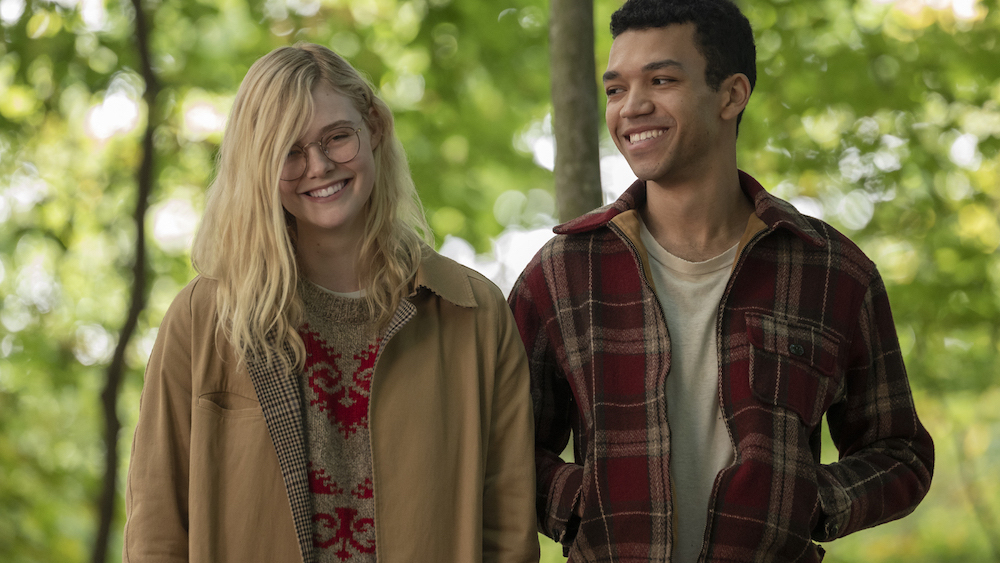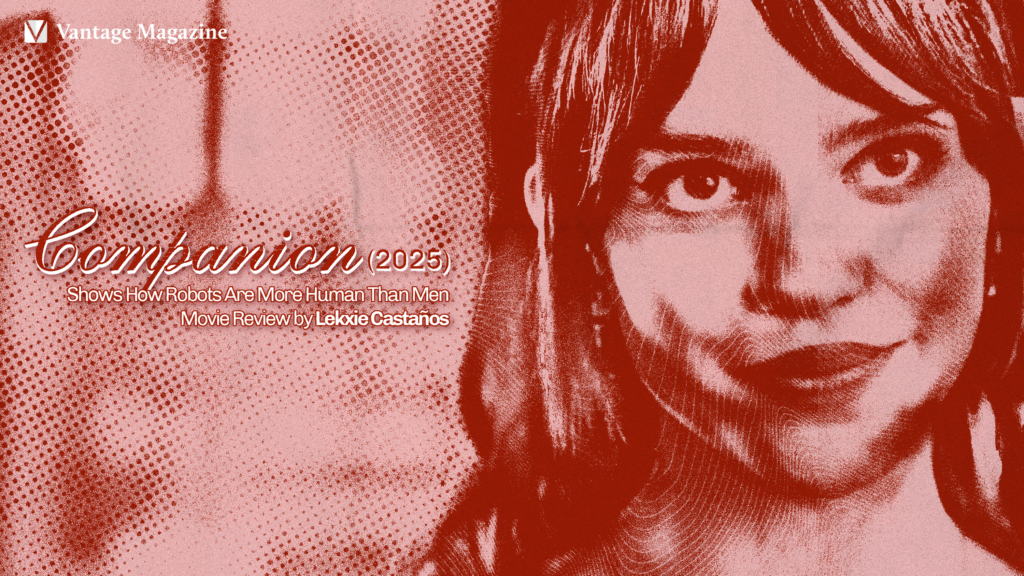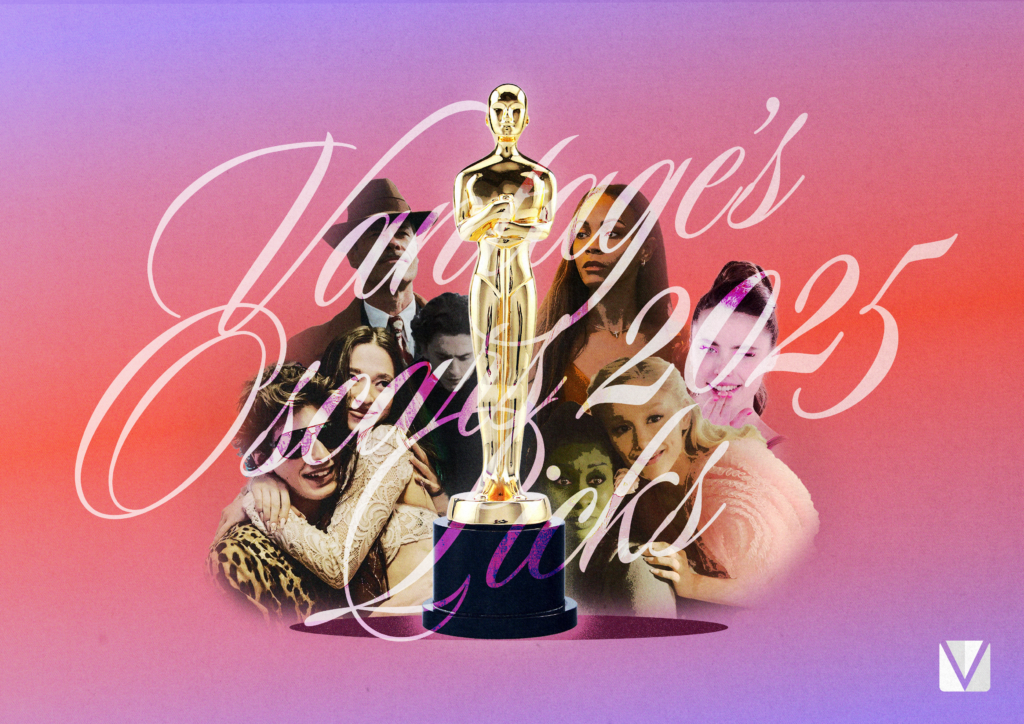Trigger warning: This article contains mentions of mental health illness and suicide.
As something marketed as your typical boy-meets-girl ending in a happily ever after universe despite their personal struggles, viewers may find themselves surprised by the extent of the dark themes All the Bright Places packs, especially with the lack of a trigger warning.
Based on Jennifer Niven’s young adult (YA) bestseller of the same name, the movie tells the tale of two struggling teenagers who find solace in each other as they travel to the hidden wonders of Indiana. The novel also daringly attempts to marry ideas of a cute teensy romance with more delicate, serious issues: Suicide, grief, and mental illness among others.
Although it is commendable how it tries to deviate from previous depictions of love amid mental illness through a more realistic image of how such relationships play out, some scenes may be triggering for some audiences. Viewers unfamiliar with the novel may come into the cinema expecting an inspiring story of growth and love, but find themselves with a little more dark elements than they bargained for. It is worth noting that the film is quite careful in its treatment of these scenes, but given the film’s target audience of young adolescents, such scenes could have been handled better through some context or justifications through dialogue, or at least viewers could have been warned.
Another failed opportunity for All the Bright Places was in its development of the minor characters, who only seemed to be there as an afterthought. In the focus on the mains’ struggles, any effort to advance the other characters as people also affected by the story’s events seemed to have gotten lost in the fray.
Those aside, the film does have some high points. The on-screen chemistry from its well-developed leads Violet Markey (Elle Fanning) and Theodore Finch (Justice Smith) is able to elicit feelings of kilig and convince the audience to root for their growth and success.
The story also gives viewers a few feel-good moments reminiscent of other teen romance and coming-of-age films (think The Perks of Being a Wallflower and The Fault in Our Stars) courtesy of its superb soundtrack paired with dreamy cinematography to perfectly enhance the adventurous, yet romantic scenes and make you go “Sana all.”
At the end of the day, All the Bright Places still does have its merits, especially in its attempt to tell a more layered story in a well-executed fashion. The only dim parts in this otherwise brilliant film were in its oversight of how it might be received and tunnel vision.
Photo sourced from Variety.






